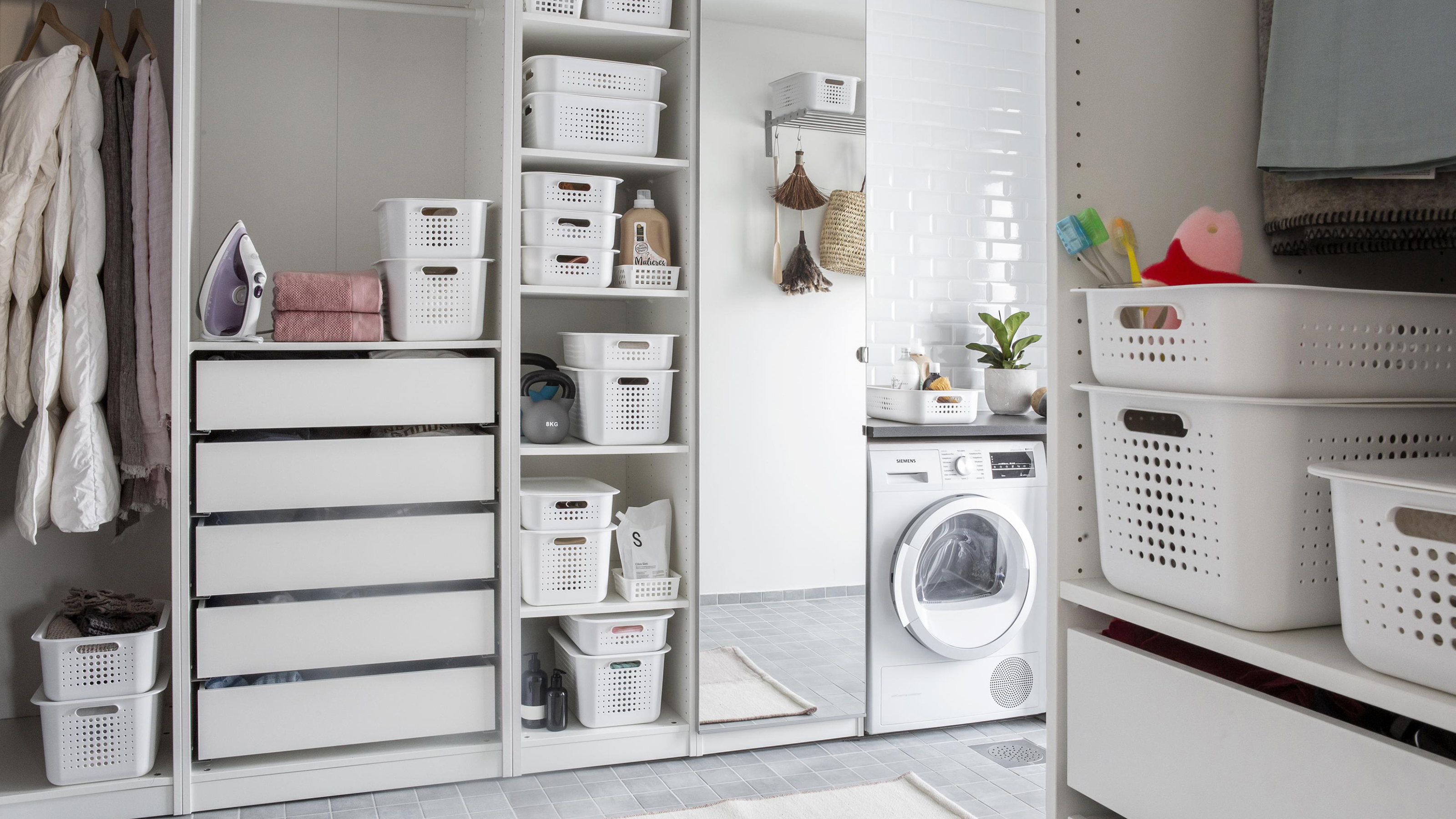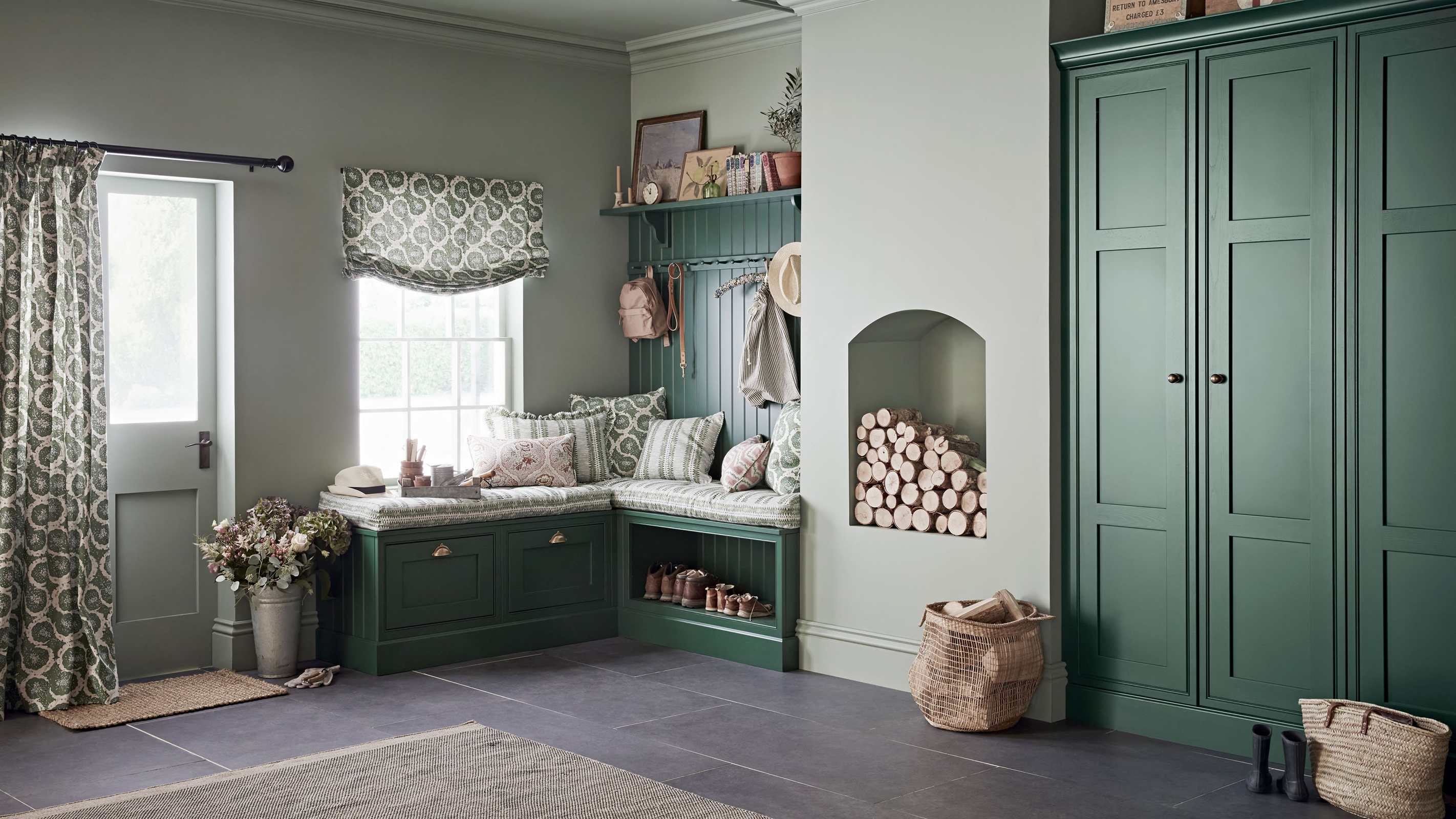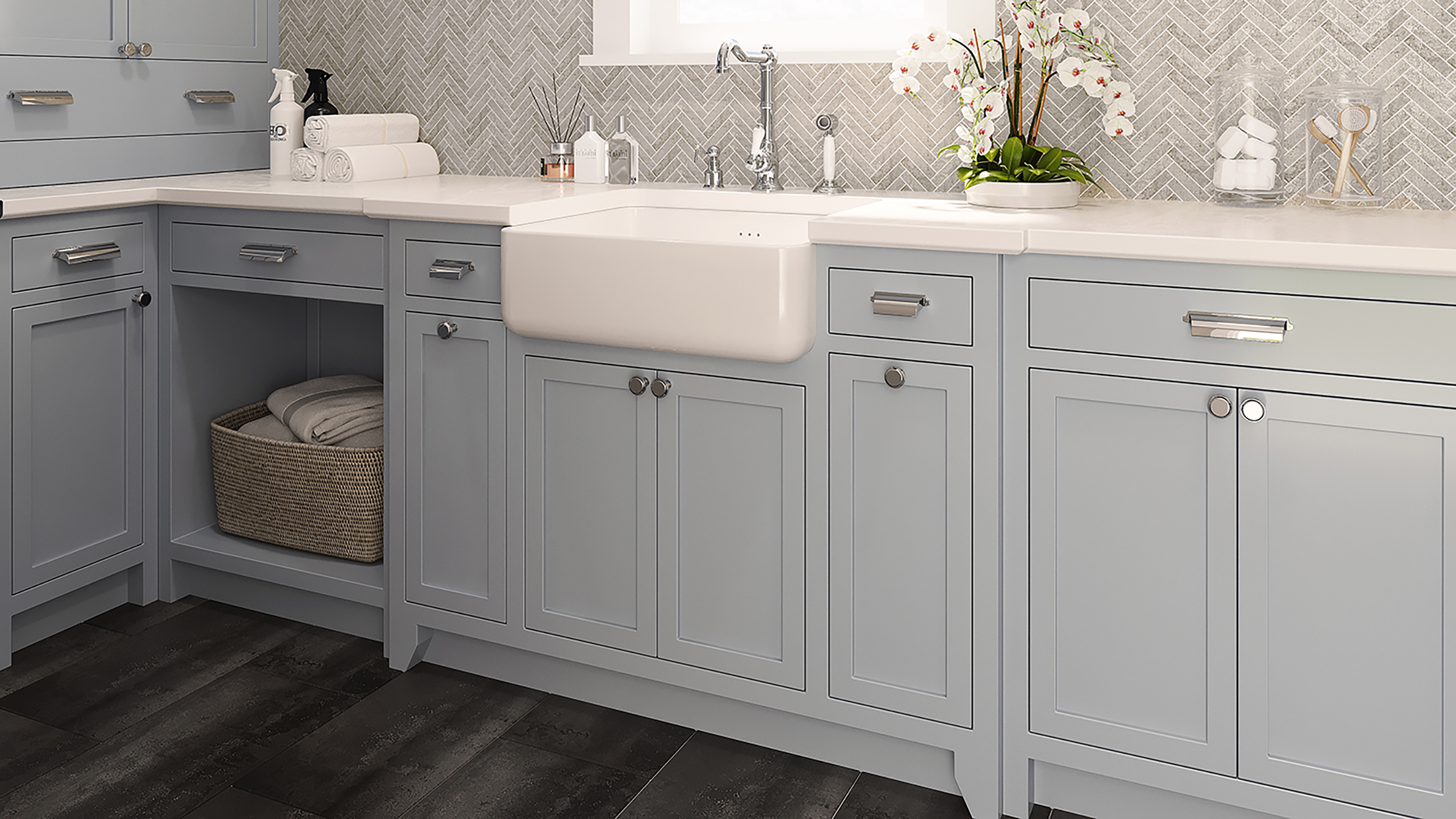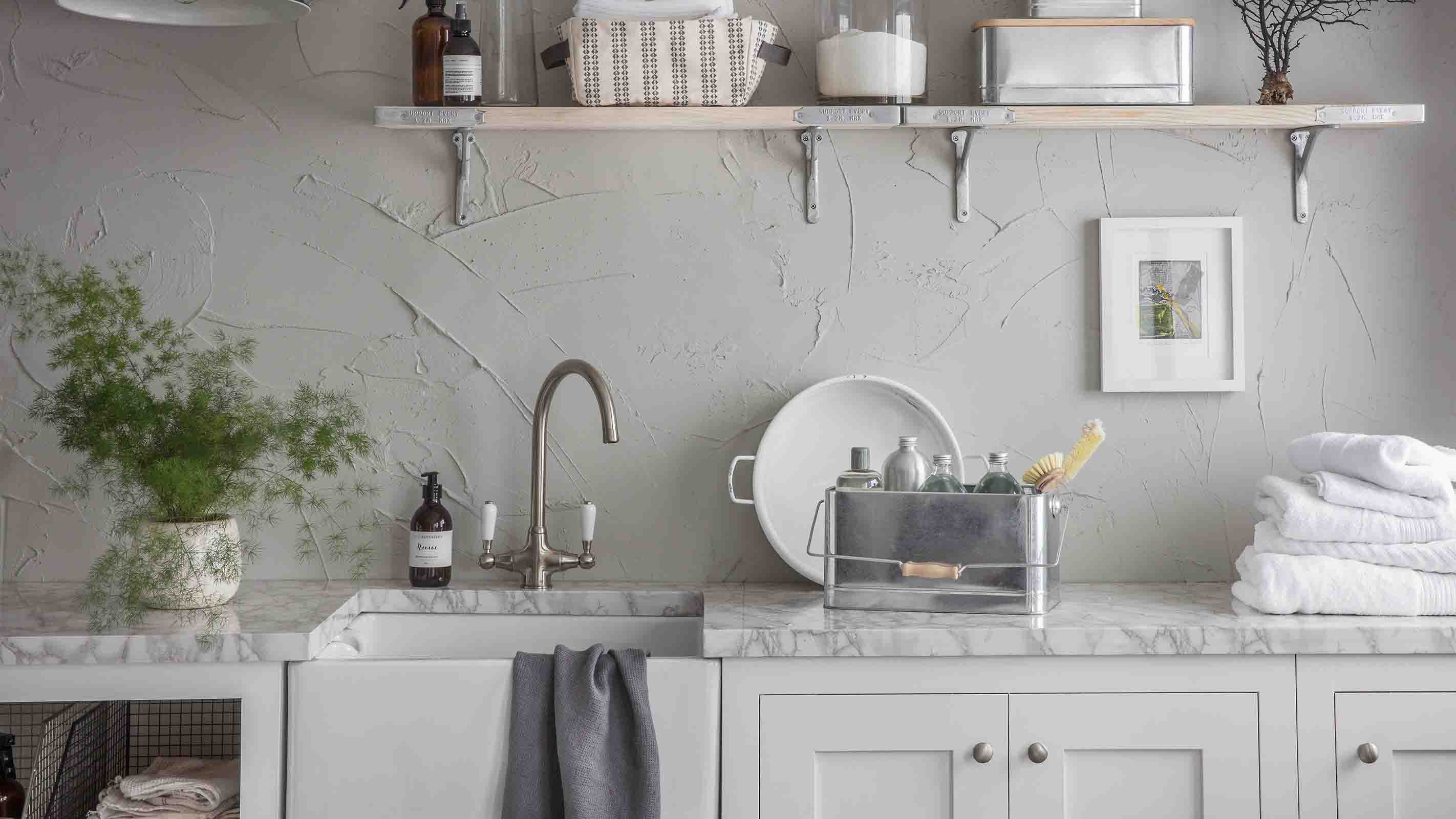Does a Utility Room Need an Extractor Fan?
When does a utility room need an extractor fan and when might it not be a requirement? Our guide has all the answers

When exactly does a utility room need an extractor fan — and why? It is a common question amongst those self building, renovating and remodelling. As with so many things that relate to the Building Regulations, it can be hard to unravel the precise rules.
However, there is no need to worry — our guide answers this oft asked question in an easy-to-understand way and gives you all your options, no matter what size or shape your utility room and whichever way you intend to use it.
When Does a Utility Room Need an Extractor Fan?
The simple answer to this is: pretty much all the time. However, there might be some exceptions depending on your definition of a utility room.
Here, it is important not to confuse utility rooms with boot rooms as the two are actually quite different. A boot room is generally used for the storage of outerwear and footwear, as well as other household items needing a home. It tends to be located between the entrance of a house and the main living areas — providing something akin to a decompression area.
Utility rooms, on the other hand, tend to be used for everyday household tasks that are best kept out of the kitchen and living rooms, such as laundry.
According to the Building Regulations, a utility room is "a room containing a sink or other feature or equipment that may reasonably be expected to produce significant quantities of water vapour."
Whatever your utility room ideas, if the room will contain a sink, washing machine, tumble dryer, dishwasher or any other kind of appliance that will emit moisture, then it will need to comply with the regulations relating to ventilation — namely Approved Document F.
Bring your dream home to life with expert advice, how to guides and design inspiration. Sign up for our newsletter and get two free tickets to a Homebuilding & Renovating Show near you.
So, to answer the question 'does a utility room need an extractor fan?' Yes.
"Extract ventilation to the outside should be provided in all of the following spaces: a. Kitchens. b. Utility rooms. c. Bathrooms. d. Sanitary accommodation." state the Building Regulations.

Utility Room Ventilation Requirements
Every room in your house should have adequate ventilation to ensure the good health of its occupants. However, some rooms can benefit from good extraction more than others. Spaces that produce a lot of water vapour, such as kitchens, bathrooms and, of course, utility rooms, have very particular needs to ensure not only that they are pleasant places to be, but also that a moisture build up will not end up causing issues such as condensation and damp.
There are several main home ventilation systems, including:
- Purge ventilation: Purge ventilation is basically a fancy term for opening a window. Typically, the window opening should have an area of at least 1/20th of the floor area of the room it is in.
- Whole building ventilation: Also referred to as 'trickle ventilation' this is achieved by trickle vents within the heads of windows, or similar methods such as airbricks.
- Extract ventilation: This is a method of controlled ventilation. Extractor fans are one of the most common and cost effective ways to provide this type of ventilation, although whole house mechanical ventilation with heat recovery (MVHR) has become the norm for most self build projects these days.

Utility Room Extractor Fans: Which Should I Fit?
Extract ventilation might be a requirement in a utility room, but which extractor fan should you choose? The best kitchen extractor fans, won't necessarily be right for your utility room, for example.
In order to comply with the Building Regs in your new utility room, it is important to note the following:
- Extract ventilation can be intermittent or continuous.
- Your extractor fan should be installed as high as is practicable in the room — and a maximum of 400mm below the ceiling.
- Minimum intermitted operation extract systems (in litres per second) are 30l/s in a utility room.
- Minimum extract ventilation rates for continuous extract systems are 8l/s.

So there you have it. If you want a utility room in your home then you will need to provide extract ventilation, just as you would in a kitchen or bathroom.
Natasha was Homebuilding & Renovating’s Associate Content Editor and was a member of the Homebuilding team for over two decades. In her role on Homebuilding & Renovating she imparted her knowledge on a wide range of renovation topics, from window condensation to renovating bathrooms, to removing walls and adding an extension. She continues to write for Homebuilding on these topics, and more. An experienced journalist and renovation expert, she also writes for a number of other homes titles, including Homes & Gardens and Ideal Homes. Over the years Natasha has renovated and carried out a side extension to a Victorian terrace. She is currently living in the rural Edwardian cottage she renovated and extended on a largely DIY basis, living on site for the duration of the project.

